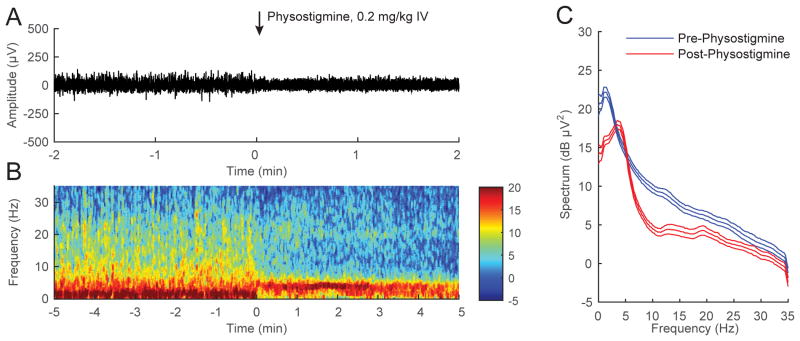Figure 2. Physostigmine increases θ power during continuous inhalation of 1.0% isoflurane.
(A) A representative electroencephalogram recorded from a rat inhaling 1.0% isoflurane, with time=0 indicating the start of physostigmine (0.2 mg/kg IV) injection. There was a decrease in overall amplitude shortly after drug administration. (B) A spectrogram computed from the same animal in (A), with warm colors (e.g. red) indicating high power and cool colors (e.g. blue) indicating low power at any given frequency. Physostigmine (0.2 mg/kg IV) was administered at time=0. A rapid shift in peak power from δ to θ occurred after drug injection. (C) The pre-physostigmine power spectral density (computed from a two-minute window -150 sec to -30 sec before drug injection) and the post-physostigmine power spectral density (computed from a two-minute window 30 sec to 150 sec after drug injection) and their 95% confidence intervals (with Bonferroni correction) were constructed around the mean spectra across all rats (n=6). Physostigmine increased θ power, decreased δ and α power, and shifted peak power from δ to θ.

